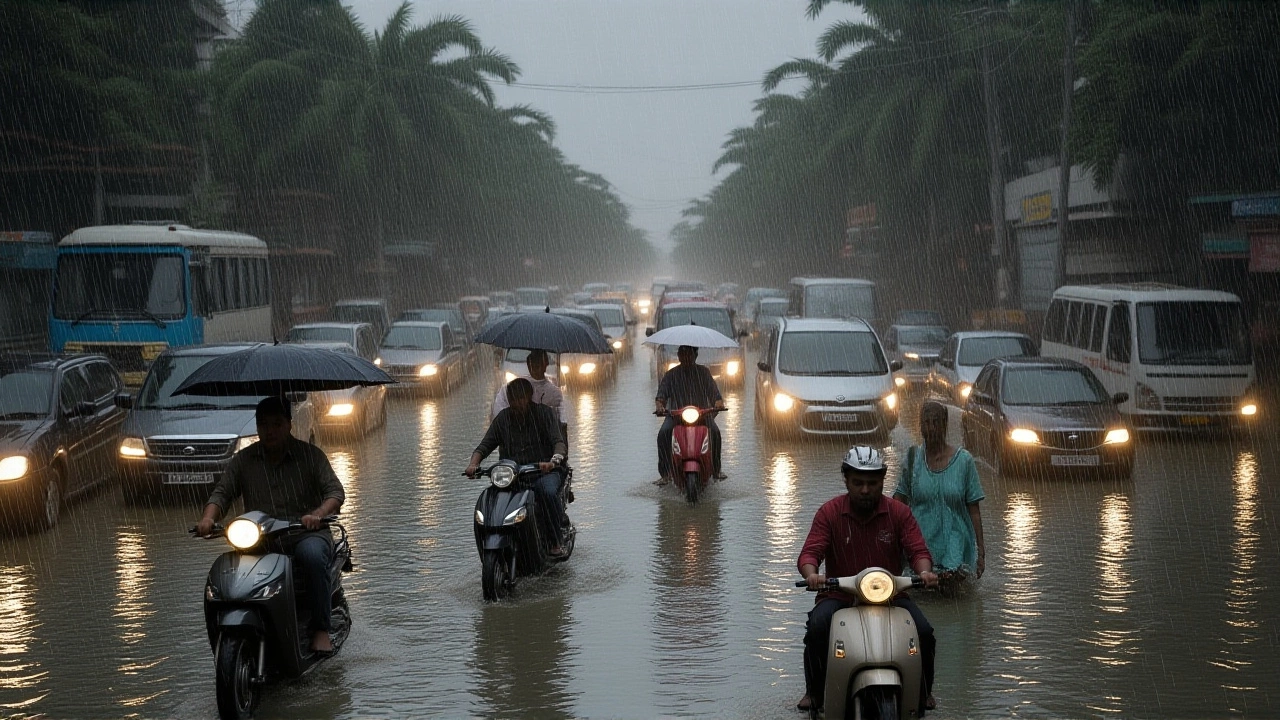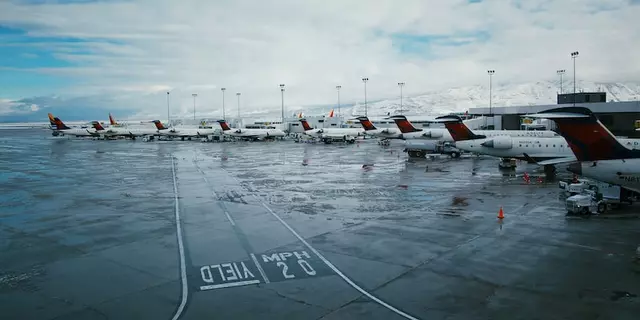Understanding Mumbai Metro Flooding
When dealing with Mumbai metro flooding, the sudden inundation of subway stations and tracks during heavy rains. Also known as metro waterlogging, it poses risks to commuters, disrupts services, and exposes gaps in city planning. Another key player is urban drainage, the network of canals, pipes, and stormwater systems that move rainwater away from streets and underground structures. Climate change, the long‑term shift in weather patterns that intensifies monsoon bursts, directly fuels higher runoff volumes. Finally, infrastructure resilience, the ability of bridges, tunnels, and stations to withstand extreme water events, determines how quickly services recover. Together these entities shape the daily reality for millions of riders.
Why does Mumbai’s metro get flooded so often? The city sits on a low‑lying coastal plain, and its monsoon can dump over 300 mm of rain in a single night. When the urban drainage system can’t keep up, water backs up into underground tunnels. This is a classic case where climate change amplifies the problem: warmer air holds more moisture, leading to sharper, more localized downpours. The equation is simple – more rain + limited drainage = water‑logged tracks. As a result, commuters face delayed trains, slippery platforms, and sometimes dangerous currents crossing the tracks.
How Infrastructure Resilience Cuts the Risk
Modern metro designs incorporate waterproofing membranes, raised track beds, and high‑capacity pumps. Those are all parts of infrastructure resilience. When a pump can move 5,000 liters per minute, the station clears water faster, reducing service interruptions. Cities that have invested in resilient designs see a 40% drop in flood‑related delays. But Mumbai’s network still relies on older tunnels built before such standards were common, so retrofitting becomes crucial. Upgrading the urban drainage grid – enlarging culverts, adding retention basins, and installing real‑time water‑level sensors – reinforces the system’s capacity.
From a commuter’s perspective, commuter safety is the top concern. During a flood event, slippery floors increase the chance of falls, and electrical equipment flooded can pose electrocution hazards. Safety protocols advise staying off the tracks, moving to higher ground within stations, and listening for official announcements. Some metro operators now run dry‑run drills, teaching staff how to shut down power safely and direct passengers to emergency exits.
What can riders do to protect themselves? First, check weather updates before leaving home – many apps now provide real‑time flood alerts for specific stations. Second, wear non‑slip shoes; they make a big difference when floors get wet. Third, keep a small waterproof bag for electronics; a soaked phone can become useless when you need it most. Lastly, stay aware of the nearest emergency stairwell – it’s often the quickest route out if water starts rising.
The broader picture links back to policy. Municipal authorities must prioritize urban drainage upgrades in their budget, especially in high‑traffic corridors like the metro. Coordination between the metro authority and the city’s water‑management department ensures that new drainage projects align with existing tunnel alignments. When these entities cooperate, the city can turn a flood‑prone zone into a model of infrastructure resilience, keeping trains running even during the heaviest monsoon bursts.
In short, Mumbai metro flooding is a symptom of overlapping challenges: intense rain driven by climate change, aging drainage systems, and the need for stronger infrastructure. By understanding how each piece fits together – from urban drainage to commuter safety – you can make smarter choices during travel and advocate for the upgrades that will protect the network in the long run. Below you’ll find a range of articles that dig deeper into each of these topics, offering data, expert tips, and real‑world examples to help you navigate the rainy season with confidence.

- Oct 21, 2025
- Posted by Aarav Bhatnagar
Mumbai Metro’s New Acharya Atre Chowk Station Floods Amid Early Monsoon
Mumbai's newly opened Acharya Atre Chowk metro station flooded on May 26, 2025, after an early monsoon caused an RCC wall collapse, forcing MMRC to suspend services and sparking safety concerns.
Categories
Latest Posts
©2025 kvrinfosys.in. All rights reserved




